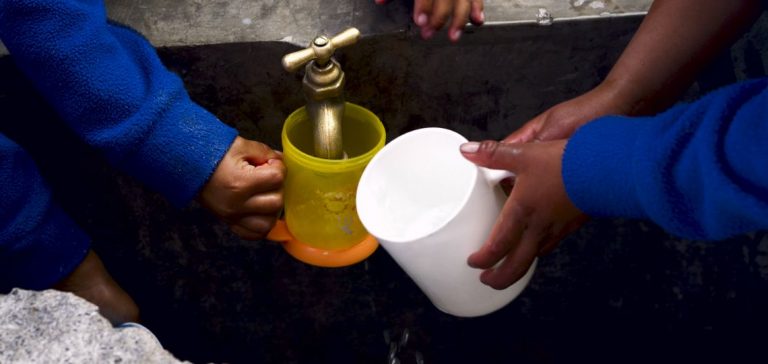Since this Wednesday, the inhabitants of Ecuador are enduring a new energy-saving plan implemented by the government. This program imposes electricity cuts of up to 10 hours per day to prevent a collapse of the national electricity system. The Ecuadorian Minister of Energy, Antonio Gonçalves, announced these measures by emphasizing the severity of the country’s energy situation.
“Our country is experiencing a critical energy situation (…) and projections indicate that immediate and firm decisions must be made to prevent a collapse of the national electricity system,” said Antonio Gonçalves before announcing his resignation. This decision follows an adjustment of the cuts the previous week, where the maximum duration had been reduced to six hours per day, thanks to a slight improvement in reservoir levels.
However, the situation has deteriorated again, forcing the government to tighten measures. Starting at noon this Wednesday, electricity cuts are being reintroduced with a maximum duration of ten hours per day, except for certain industrial sectors benefiting from a differentiated program.
Change of leadership in the Ministry of Energy
Following the resignation of Antonio Gonçalves, the Minister of Environment, Water, and Ecological Transition, Ines Manzano, has been appointed to take charge of the Energy portfolio. The Ecuadorian presidency indicated that Ms. Manzano will oversee the transformation of an “obsolete” energy matrix, currently dependent on 72% of precipitation.
She is responsible for implementing several renewable energy projects already planned, aiming to ensure greater sustainability and energy sovereignty in the medium and long term. The cut program will continue to be applied in a differentiated manner according to time slots and geographical areas, in order to best distribute the effects on the population.
Repercussions throughout the country
The prolonged drought, the longest in 61 years according to the government, has reduced the reservoirs of the main hydroelectric plants to historically low levels over the past three months. Last April, the government had already implemented electricity cuts of up to 13 hours per day in certain regions. Today, 20 of the 24 Ecuadorian provinces are placed on red alert.
This energy crisis is not limited to electricity supply alone. The impact of the drought is also felt in the sectors of drinking water and agriculture, endangering the country’s food security. Since January, Ecuador has recorded about 3,600 forest fires, causing the death of one person, injuring 41 others, and ravaging nearly 42,000 hectares of vegetation.
Economic and agricultural impact
The damages caused by the drought and the fires are also affecting the agricultural sector, essential for the local economy. Nearly 45,000 farm animals have perished due to the lack of water and food, and several agricultural farms report significant losses in coffee, banana, and flower crops, the latter being strategic export products for the country.
In response, the Ecuadorian government has intensified support measures for the affected farmers and herders. Special subsidies for the purchase of fodder and reduced-rate agricultural loans are being rolled out in the most affected provinces.
Medium-term prospects
Ecuador now faces structural challenges to rethink its energy mix. The establishment of new infrastructures and the integration of renewable projects, such as solar and wind, are priorities announced by the new Minister of Energy. However, these initiatives will take time before having a concrete impact on the country’s energy resilience.
In the short term, the government’s priority remains to stabilize current production while minimizing interruptions for strategic sectors of the economy. The presidency emphasized that further restrictions could be implemented if the water situation does not improve in the coming weeks.






















